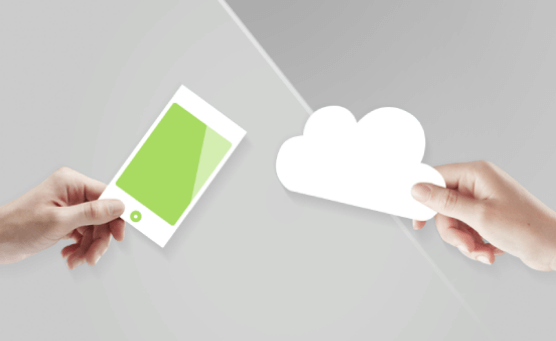Future of Cloud Telephony in India

When entrepreneurs Simran Sial and Rohit Khetrapal decided to open FindMyStay, the first thing they did was to publish a web page with a single piece of information on it: their business phone number. When Ronak Samantray’s NowFloats wanted to drive business to their SMB customers, they added just one tweak to their online presence: a business phone number.
Like it or not, the fact remains that several decades after Alexander Bell invented the telephone, it is now the hottest business channel for lead generation and customer engagement. According to BIA Kelsey, phone leads are more valuable to SMBs than any other form. Long story cut short: when your office phone rings, you’d better pick up.
Wait a minute – we’re talking about the office phone right? An instrument that looks like it hasn’t changed since, well, Graham Bell invented it? Well, not any more. The phone, like so many other things, has moved to the cloud. It’s now possible for businesses to have complex and infinitely responsive phone or voice workflows without installing a single piece of hardware, thanks to cloud telephony.
Cloud telephony works when good old phone lines, sometimes large banks of them, terminate at a data center that uses specialized technology to make the information flowing through those phone lines accessible through a web interface. An analogy can be drawn to email. Email consists of digital data flowing through physical hardware wires accessed through a web interface. Cloud Telephony companies like Knowlarity make the same thing possible with voice information.
Why should this matter? Increasingly, our world is driven by mobile phones. While we may not agree whether or not smart phones or feature phones will own the world, we all agree that a primary aim of a phone is conversation. Cloud telephony is the technology that allows businesses to manage their increasing volume of phone calls and integrate the data from those phone calls with their CRMs, Helpdesks and mobile apps. McKinsey predicts the cloud telephony is the next enterprise software that businesses will invest in after purchasing a CRM. Knowlarity predicts a few things for cloud telephony in 2015.
Ubiquity: In an increasingly omni-channel world, the data stored in call records needs be seamlessly integrated with other sources of customer contact, such as chat and social media. We will see, this year, cloud telephony companies working harder to integrate with other players targeting the same segment.
Intelligence: We will also see platforms adding value-added capabilities to their pure pipes technologies. With data mining getting better and better, it will be possible for businesses to tell exactly how happy or sad their customers are just from the tone of their voice or the words they use. You could route calls to the right agents and solve customers’ complex issues faster than ever.
The Internet of Things (IoT): Data is expensive. How will IoT play out for countries like India? Simple. We can enable the internet of things with phone calls . Your fridge could call you to tell you it’s out of milk. Your hospital could call to let you know that it’s time for your vaccine and schedule an appointment right on the call, with no need for human intervention. Your cab driver could receive pick up instructions from your Android app.
More messaging: Cloud Telephony needs to integrate with both voice and messages. WhatsApp, WeChat and Skype are all touch points that customers use to contact businesses. Cloud telephony players will need to integrate them as well as traditional mobile communication endpoints.
With voice and messaging touch points set to increase exponentially, we can expect cloud telephony companies to have a banner year in 2015.
This article first appeared on CXOtoday.com on 08th Jan 2015.
To learn further, please visit our webiste.
Written By: Admin

